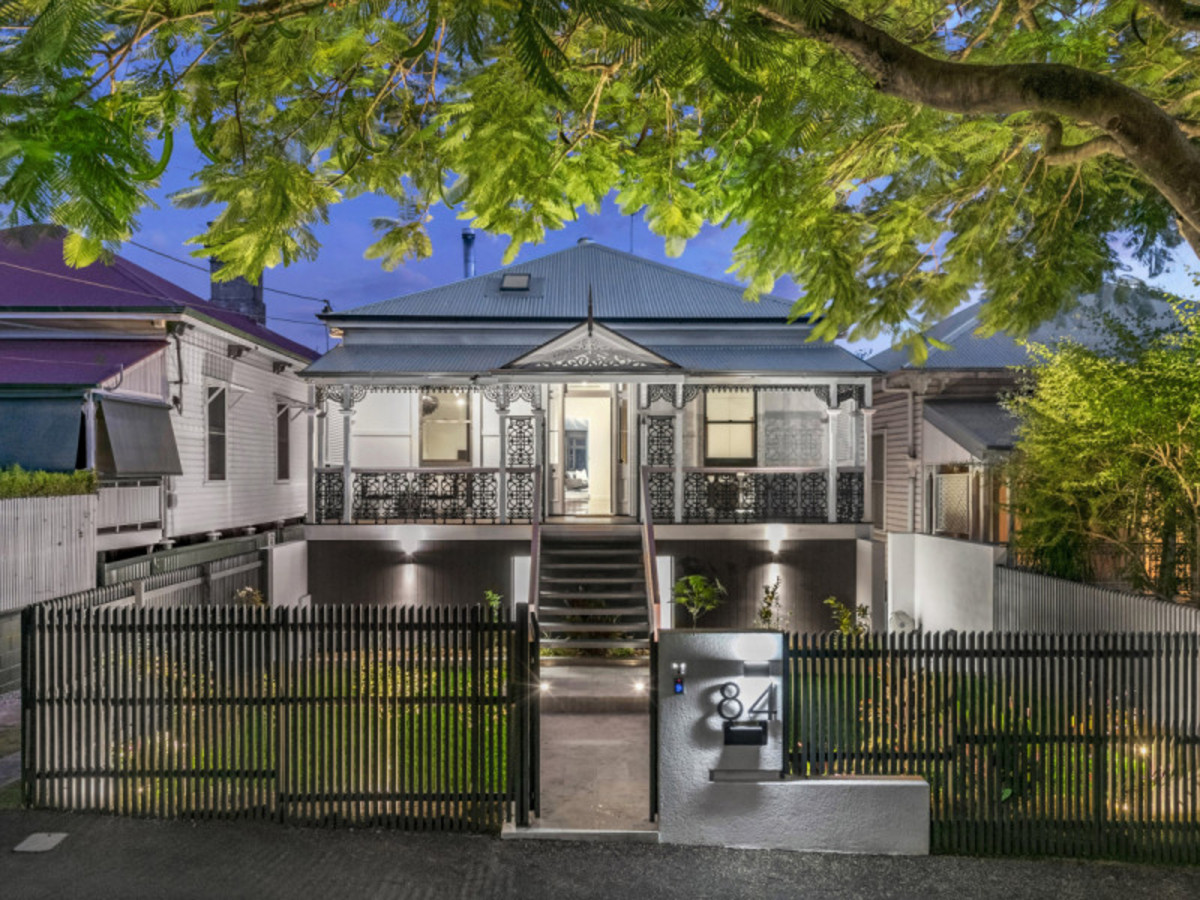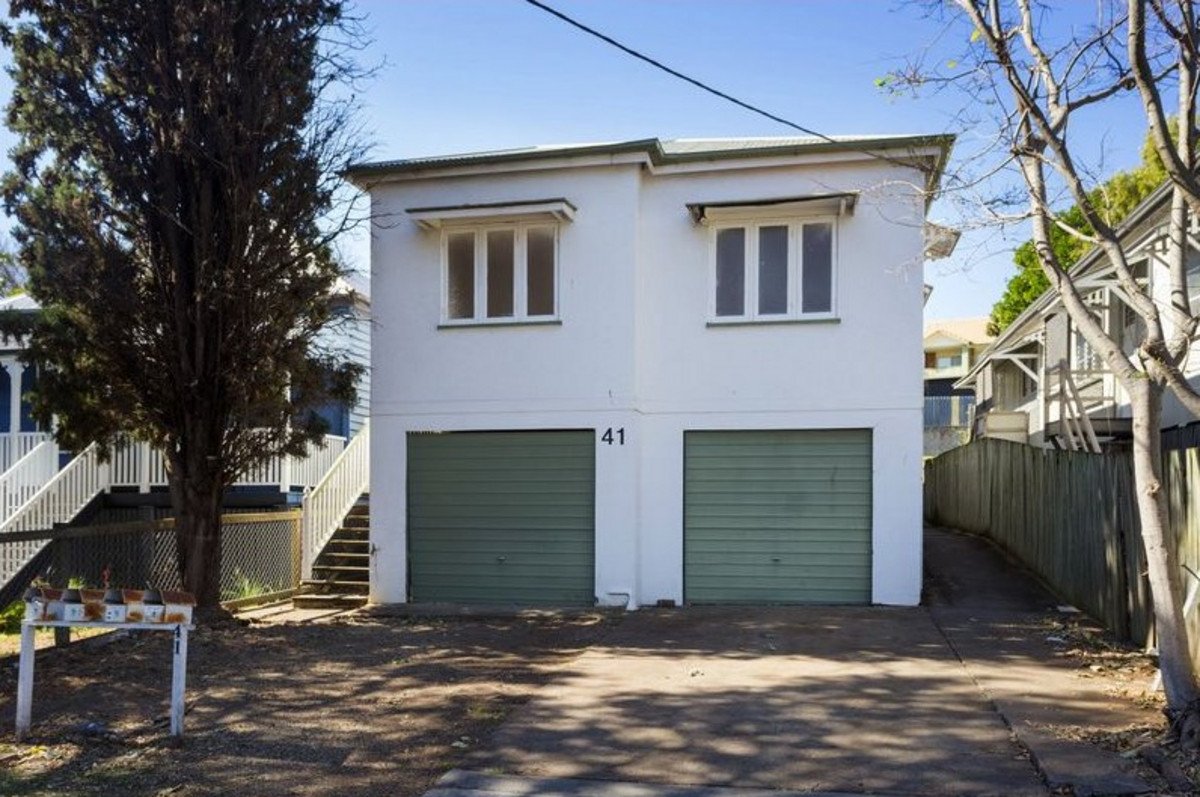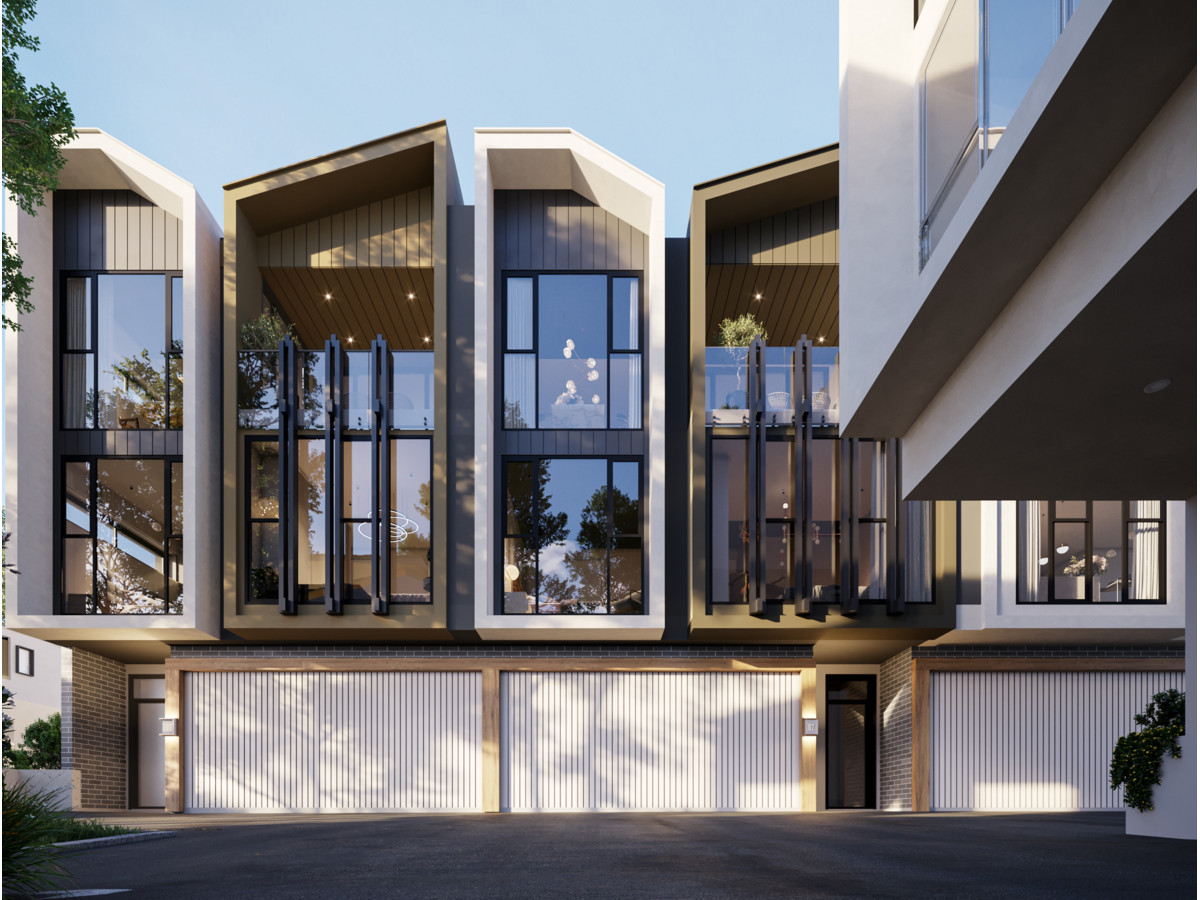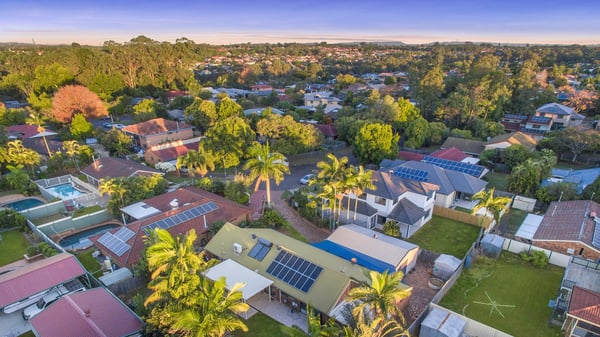While 2020 brought a year of uncertainty for the Australian property market and beyond, it has also shaped the future for key markets such as Brisbane for the looming year ahead.
Despite the nation's economy falling into an official recession mid last year, Australia's property market bounced back into remarkably good shape. In fact, according to Place Advisory, we're experiencing some of the best market conditions seen in over a decade. With this in mind, here are four predictions we can expect to see in the new year ahead.
Extremely high demand to purchase
As basic economics has taught us at some point, it's all about supply and demand... and despite the economic strain brought forth by the global pandemic, levels of demand for the diminishing supply of housing in the market remains at an all time high.
As people became more hesitant to list their property in the uncertain period, demand levels did not plunder simultaneously, and this can almost certainly be expected to carry over into 2021. This can be attributed to a number of factors, one of them being that household saving has reached levels not seen in half a century.

84 Langshaw Street in New Farm SOLD through Simon Caulfield of Place Kangaroo Point
As many Australians remain unable to spend their money how they usually would (mainly on international and domestic travel) bank accounts are looking healthier than ever, shifting habits of frequent spending into ideas of house deposits and renovation projects. This, coupled with the record-low interest rates for borrowing money and government incentives such as HomeBuilder to boost the economy, results in a hungry property market. With most stimulus measures expected to continue well into the new year, buyer demand will likely remain extremely high, continuing to drive demand even if stock levels rise.
The ongoing challenge for rental markets
While demand for outer-city rental properties has risen during the pandemic, this is not the case for all areas. Sadly, demand for inner-city rental dwellings has significantly decreased. Inner-city rental properties are heavily reliant on the flow of people migrating either internationally for work or study, or through people arriving from interstate.
Thanks to hard border closures both internationally and domestically, these drivers of migration have been broken from the lack of physical demand for the inner-cities' biggest markets.

3/41 Browne Street in New Farm was leased within 10 days of launching. Place New Farm.
In 2021, this trend is likely to continue with the prospect of border reopenings before the year's end in strong doubt. Renter's facing tight budgets, particularly those receiving welfare payments, are likely going to seek more affordable accomodation further away from the city when their leases expire, driving competition amongst landlords.
Repercussions of low overseas migration on new housing
Demographics have long been a driver of demand for housing across the country. With birth rates falling, Australia has continued to see a comparatively high rate of overseas migration in search of the great 'aussie' lifestyle.
Typically, if someone wants to purchase a property before they become an Australian citizen, they will need to purchase new home (source: REA). With this in mind, demand for new housing, both houses and units, has been fuelled by non-citizen purchasers.

7/12-18 Prospect Terrace in St Lucia marketed by Ally Edmonds of Place Projects.
As international borders remain closed indefinitely, this will likely create new challenges for the future of the new housing market. Government incentives have already sought to offset these challenges with programs such as HomeBuilder, however these have mostly been targeted towards new house or land purchases rather than apartments.
Consequently, low migration rates to Australia will continue to weigh on the new housing sector of the Australian property market. Although, local and national government authorities are expected to mitigate throughout the year.
Property price increases
As noted earlier, Australia's property market has remained particularly resilient over the course of this pandemic. Thanks to strong demand, low supply and low borrowing costs, property prices have been steadily rising over the recent months, and are expected to continue.
Without a sudden surge in stock available on the market, property prices across Brisbane will continue to increase as demand remains high. According to CoreLogic, Brisbane's property value rose by 1.2% over the last quarter of 2020, peaking in the month of December.
With 2021 already shaping up to be an exciting year for property in Brisbane, some sectors of the housing market will fare better than others. If you'd like to stay up to date with all things Brisbane real estate, subscribe to our weekly eNewsletter below.
